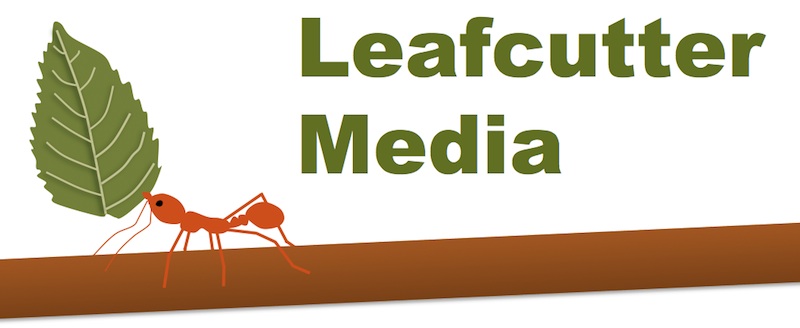
I recently read a surprising and disturbing article called Bone Keepers in the September/October 2023 issue of Discover magazine. The article has implications for anyone who uses real human bones (as opposed to plastic models) in anatomy classes. I don’t teach anatomy myself, but I was nevertheless fascinated by the story of the human bones used as teaching tools in many classrooms.
First, let me explain that for advanced students, plastic models are no substitute for real bones. A living person’s skeleton undergoes many changes throughout life, leaving traces that cannot be replicated in an artificial model. Anthropologists, medical students, and others have to examine real bones to learn to recognize these markers of heavy lifting, healed breaks, malnutrition, foul play, and other conditions that change a bone’s internal and external structure.
But where do these real bones come from? Before I read the article, I had never given much thought to the question of whose skeleton was hanging in the corner or boxed up as individual bones. If pressed, I would have said I assumed that the bones were borrowed from museum collections or perhaps from executed prisoners in some far-away country.
My answer would have reflected a misunderstanding of just how many schools have needed skeletons for students and researchers to study, starting as far back as the 1500s. At that time, executed prisoners were indeed one source of bodies for surgeons to dissect and study, but as time went on, the demand for bodies far exceeded the supply. People therefore stole bodies from graves and sold them to universities and medical schools. By the 1800s, laws were passed to prevent this practice, so institutions began obtaining unclaimed corpses from morgues. Beginning in the 1850s, India took over as the main supplier of human skeletons, exporting an estimated 2 million (or more) before the practice was officially banned in the mid 1980s. Add these to the tens of thousands of Native Americans whose remains have been removed from burial sites and added to university collections.
The article goes on to talk about specific skeleton repositories with problematic histories, as well as the active (and stalled) efforts to repatriate some of these bones. But there are no easy solutions.
Fortunately, some universities have started to obtain ethically sourced bones. You may have heard of the University of Tennessee Knoxville’s Body Farm, where people who have donated their bodies to science are buried only to be exhumed for later study. Their bones may end up as classroom skeletons, but only after having consented to the practice — a far cry from the bodysnatching days of the past.
This eye-opening story is important for anatomy teachers to know. But it also brings up interesting ethical issues that students at all levels can debate. Do you teach other examples of situations in which the interests of marginalized groups have been outweighed by those of more powerful people, such as the Tuskegee syphilis experiments, the cancerous cells of Henrietta Lacks, or the eugenics movement? The origin of your school’s skeletons may be a way to bring the issue close to home.
Reference: Alex, Bridget. 2023. Bone Keepers. Discover. September/October 2023, pages 32-41.

